Refine search
Actions for selected content:
12661 results in History of science
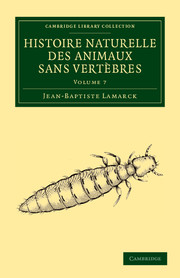
Histoire naturelle des animaux sans vertèbres
-
- Published online:
- 05 July 2014
- Print publication:
- 06 May 2013
- First published in:
- 1822
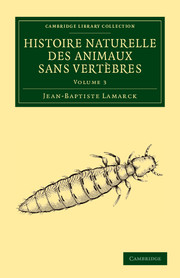
Histoire naturelle des animaux sans vertèbres
-
- Published online:
- 05 July 2014
- Print publication:
- 06 May 2013
- First published in:
- 1816
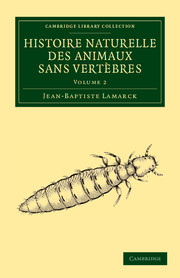
Histoire naturelle des animaux sans vertèbres
-
- Published online:
- 05 July 2014
- Print publication:
- 06 May 2013
- First published in:
- 1816

Histoire naturelle des animaux sans vertèbres
-
- Published online:
- 05 July 2014
- Print publication:
- 06 May 2013
- First published in:
- 1815
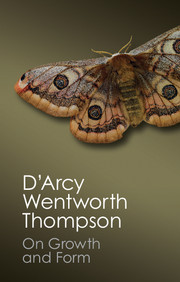
On Growth and Form
-
- Published online:
- 05 June 2014
- Print publication:
- 15 May 2014
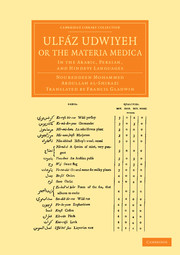
Ulfáz Udwiyeh, or the Materia Medica
- In the Arabic, Persian, and Hindevy Languages
-
- Published online:
- 05 June 2014
- Print publication:
- 28 March 2013
- First published in:
- 1793

The Principles and Practice of Canal and River Engineering
-
- Published online:
- 05 June 2014
- Print publication:
- 06 May 2013
- First published in:
- 1872
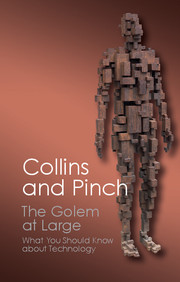
The Golem at Large
- What You Should Know about Technology
-
- Published online:
- 05 June 2014
- Print publication:
- 15 May 2014

Cambridge Scientific Minds
-
- Published online:
- 05 June 2014
- Print publication:
- 21 January 2002
Dedication
-
- Book:
- Voyage of the <I>Challenger</I>: The Atlantic
- Published online:
- 05 December 2014
- Print publication:
- 22 May 2014, pp vii-viii
-
- Chapter
- Export citation
CHAPTER I - THE EQUIPMENT OF THE SHIP
-
- Book:
- Voyage of the <I>Challenger</I>: The Atlantic
- Published online:
- 05 December 2014
- Print publication:
- 22 May 2014, pp 1-106
-
- Chapter
- Export citation
CONTENTS
-
- Book:
- Voyage of the <I>Challenger</I>: The Atlantic
- Published online:
- 18 December 2014
- Print publication:
- 22 May 2014, pp v-viii
-
- Chapter
- Export citation
CHAPTER I - BERMUDAS TO MADEIRA
-
- Book:
- Voyage of the <I>Challenger</I>: The Atlantic
- Published online:
- 18 December 2014
- Print publication:
- 22 May 2014, pp 1-61
-
- Chapter
- Export citation
CHAPTER IV - THE VOYAGE HOME
-
- Book:
- Voyage of the <I>Challenger</I>: The Atlantic
- Published online:
- 18 December 2014
- Print publication:
- 22 May 2014, pp 201-286
-
- Chapter
- Export citation
LIST OF ILLUSTRATIONS
-
- Book:
- Voyage of the <I>Challenger</I>: The Atlantic
- Published online:
- 05 December 2014
- Print publication:
- 22 May 2014, pp xxv-xxix
-
- Chapter
- Export citation
EXPLANATION OF THE PLATES
-
- Book:
- Voyage of the <I>Challenger</I>: The Atlantic
- Published online:
- 05 December 2014
- Print publication:
- 22 May 2014, pp xxx-xxx
-
- Chapter
- Export citation
INDEX
-
- Book:
- Voyage of the <I>Challenger</I>: The Atlantic
- Published online:
- 18 December 2014
- Print publication:
- 22 May 2014, pp 385-396
-
- Chapter
- Export citation
CHAPTER V - GENERAL CONCLUSIONS
-
- Book:
- Voyage of the <I>Challenger</I>: The Atlantic
- Published online:
- 18 December 2014
- Print publication:
- 22 May 2014, pp 287-384
-
- Chapter
- Export citation
Contents
-
- Book:
- Voyage of the <I>Challenger</I>: The Atlantic
- Published online:
- 05 December 2014
- Print publication:
- 22 May 2014, pp xxi-xxiv
-
- Chapter
- Export citation
CHAPTER II - MADEIRA TO THE COAST OF BRAZIL
-
- Book:
- Voyage of the <I>Challenger</I>: The Atlantic
- Published online:
- 18 December 2014
- Print publication:
- 22 May 2014, pp 62-134
-
- Chapter
- Export citation
